By Simon Webster
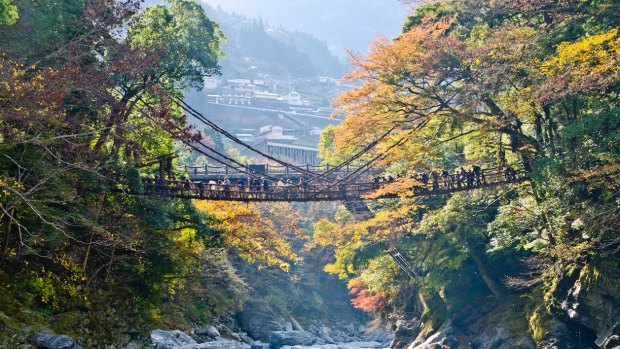
The Iya valley and Kazurabashi bridge, Tokushima, Shikoku, Japan.Credit: Getty Images/iStockphoto
This is sponsored content for Japan National Tourism Organization.
The smallest of Japan's four major islands, Shikoku is a land of mountains and rivers, hot springs and spectacular coastline.
Home to a legendary pilgrimage route, a spectacular traditional dance festival, surf beaches, nesting sea turtles, castles, temples, and famous udon noodles, Shikoku has a lot going on for somewhere renowned for being small and sleepy.
How much time could you spend here? Let's start with a five-day road trip…
Day 1
Where better to start a trip around Shikoku than Ryozenji temple? Just 20 minutes from Tokushima Airport, Ryozenji is the first stop on the Shikoku Henro – the 88-Temple Pilgrimage that the devout and the hopeful have been following for 1200 years in search of nirvana.
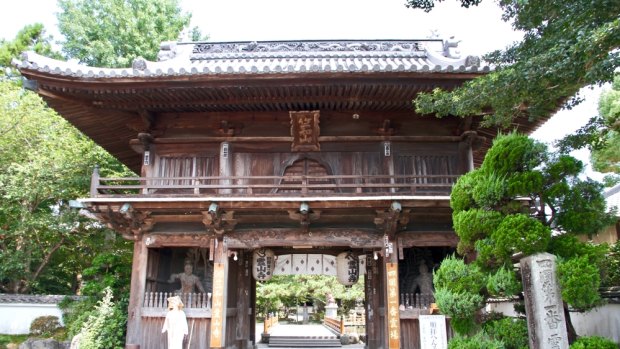
The entire pilgrimage takes about two months on foot, though you can tackle shorter sections of it cut the time by using buses, trains or even cycling. If you are heading off on a pilgrimage, get your white robes, staff and logbook here. Or simply soak up the temple's art, architecture and ambience. Next, you're heading off to the Naruto Whirlpools, a natural phenomenon caused by water rushing into the Naruto Strait. You can view the whirlpools through the glass floor of the 450-metre-long Uzu-no-Michi Walkway, or jump aboard a boat for a cruise and a closer look.
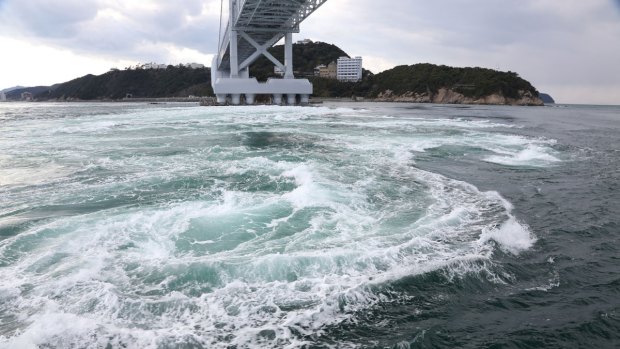
If you're here in August, you'll no doubt want to hang out with the million or so people in the streets of Tokushima City, watching and taking part in the traditional dancing of the raucous Awa Odori summer festival. Otherwise, head to the Awa Jurobe Yashiki for some traditional Japanese puppet theatre. Stay overnight in a Tokushima City hotel.
DAY 2
Grab an early morning surf to start the day. Shikoku is perhaps Japan's top surf location, with June to November the best season. Try Ohama Beach, an hour south of Tokushima, and call in on the Hiwasa Chelonian Museum Caretta while you're there. It's dedicated to the loggerhead turtles that nest here between May and August.
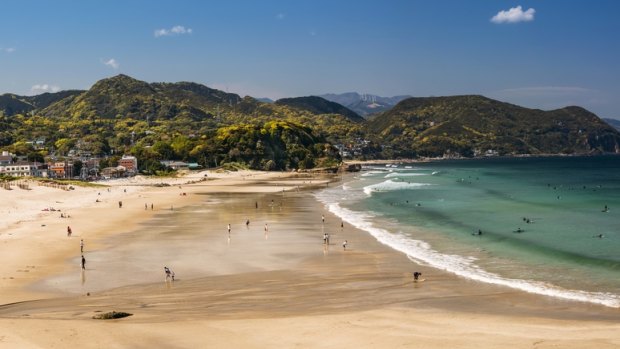
Next you're crossing into the island's southernmost prefecture, subtropical Kochi, and taking a two-hour drive to Kitawaga Village, where you can have a stroll around Monet's Garden, and swear you've been transported half a world away to France. To remind yourself that you really are still in Japan, visit the local samurai museum, and spend the evening soaking in an open-air Kitawaga onsen, or hot spring bath. If it's filled with small citrus fruit, do not fear; it must be yuzu season (autumn-winter), and the yuzu fruit has been added to give your bathtime a bit of zest. In your ryokan tonight, don't be surprised to find fish on the menu. Kochi specialities include katsuo no tataki (seared bonito) and dorome (local sardines). You might also get chips for dessert. Imokenpi are fried sweet potato strips coated in sugar and salt.
DAY 3
First stop today is Kochi City, an hour and a half away, and home to Kochi Castle. Built by the feudal lord Yamanouchi Kazutoyo back in the early 17th century (and rebuilt, after fire, more than 100 years later), it's one of the few wooden castles still standing in Japan, and has beautiful gardens on a hill overlooking the city.
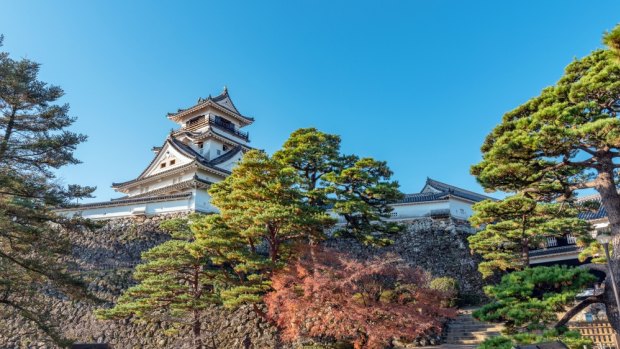
Next, you're going underground, into the Ryuga Cave. Less than an hour's drive from Kochi, this limestone cave complex is 175 million years old, give or take a millennium or two, and can be tackled via the easy route or the adventure course, which involves donning a wetsuit and headtorch and going deep and narrow. You will be looking forward to dinner, and possibly a stiff drink, after that, so drive back into Kochi, check into your accommodation, and head for the Hirome Market. You'll get a warm welcome from the locals who come to this bustling food hall to socialise, make new friends on shared tables, and enjoy the street-style local and international food, as well as no shortage of beer and sake to wash it down.
DAY 4
The glorious Shimanto River awaits, so let's get up early and get moving. Two hours south-west of Kochi, the river is Japan's most pristine waterway, crystal-clear and flanked by lush hills. Jump aboard a houseboat, raft or canoe and soak up the serenity. Or hire a bike and pedal along the river, visiting villages along the way.
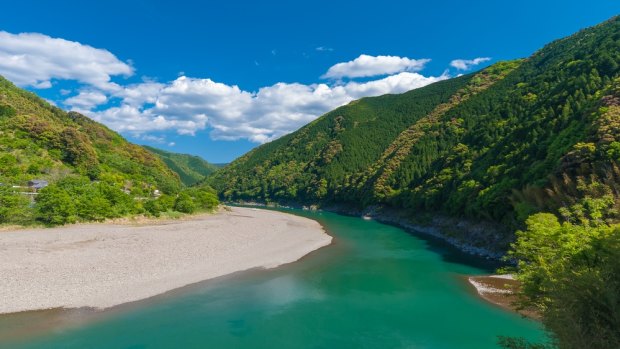
Time has a way of slowing down around these parts, and as the day ambles along, you may find you're not quite ready to leave. If that's the case, feel free to camp by the river or stay in a local inn. But on this trip, we're pressed for time, so we're heading north in the afternoon, on a three-hour drive into mountainous and literary Ehime Prefecture, home to the famous Dogo Onsen.
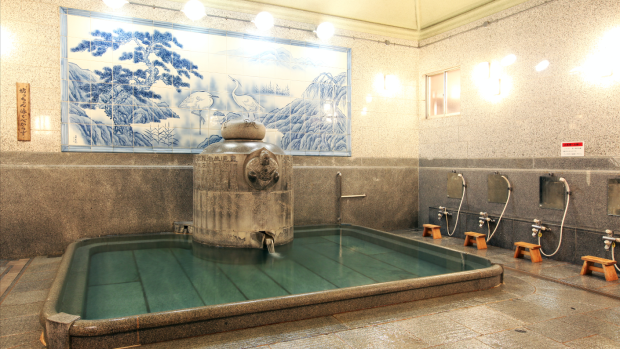
If the bathhouse looks familiar, it may be because you've seen something like it in the hit anime movie, Spirited Away; the ornate three-level wooden building is quite beautiful. After having a soak in the famous hot baths, take an evening stroll and settle down for some taimeshi (rice and sea bream) and local Dogo Beer.
DAY 5
Spend the morning exploring the area around Dogo Onsen. Jump aboard a streetcar or a man-powered rickshaw, and call in on local shops (lacquerware, ceramics and pearls are among the temptations), as well as the Masaoka Shiki Museum to learn all about the father of modern haiku. From here, keen cyclists could head an hour or so north-east for some island-hopping along the 70-kilometre Shimanami Kaido route.
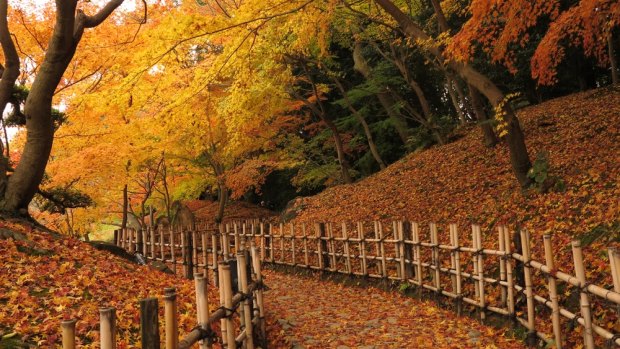
Hikers could head south-east for some 'forest bathing' (soaking up wilderness), in the spectacular Shikoku Karst. On this trip, however, we are almost out of time, so we're heading three hours north-east to Takamatsu, the port capital of Kagawa Prefecture, and departure point for our train, plane, bus or car journey back to the main island of Honshu. Before we depart, we're going to marvel at some exquisite Japanese landscape gardening at Ritsurin Garden, and sample Kagawa's (and Shikoku's) most famous food: Sanuki udon.
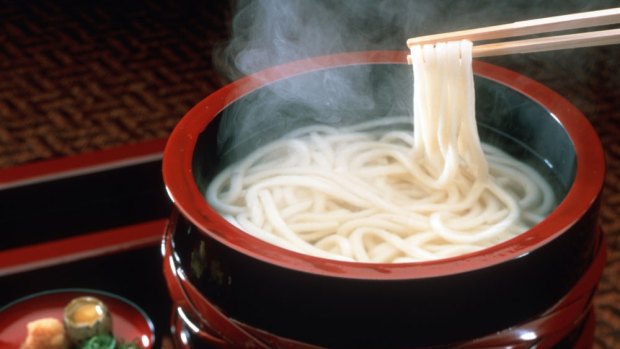
Flat-edged, thick and springy, these are among Japan's best loved udon, and served in oodles of ways across this noodle-mad city, 24 hours a day.
For more inspiration and travel tips, visit the Japan National Tourism Organization site jnto.org.au.
Sign up for the Traveller Deals newsletter
Get exclusive travel deals delivered straight to your inbox. Sign up now.